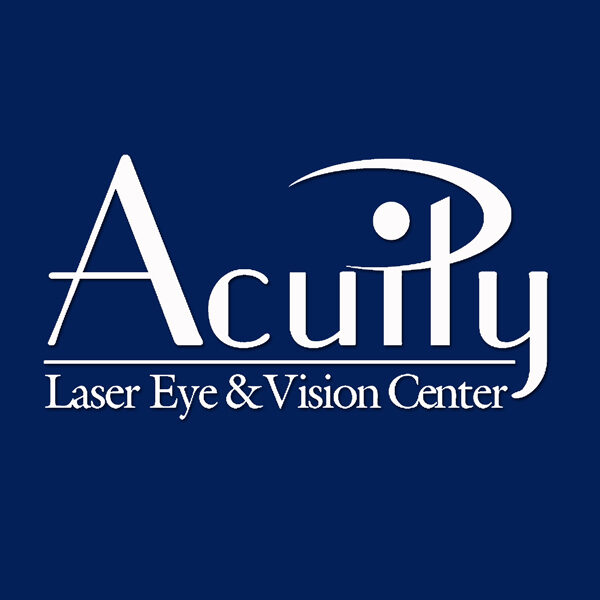 CALL 877-520-3937
CALL 877-520-3937
WITH ANY QUESTIONS
OR TO SCHEDULE
A FREE CONSULTATION!
This article by doctor Richard Lindstom discusses the benefits of Epi-LASIK using the Epithelial Separator: The Moria Epi-K. This is the same instrument used by Dr. Vale at Acuity to perform all Epi-LASIK procedures.
by Richard L. Lindstrom, M.D.
There have always been good arguments for surface ablation, but in most cases I have personally preferred LASIK. Yet every year I find myself performing more and more surface ablation cases—and I am not alone in this.
The question of which surface technique offers the best comfort, safety, and visual recovery has been highly debated. My procedure of choice is now Epi-LASIK with the Epi-K by Moria because of the speed of visual recovery compared to other alternatives. I was, frankly, surprised by these results. Earlier on, I tried another epikeratome and was not impressed, so when I agreed to evaluate the Moria Epi-K, my expectations were fairly low. I did not expect it to be an improvement over PRK, but it is.
INDICATIONS FOR SURFACE ABLATION
The number one reason I recommend Epi-LASIK is to treat patients with thin corneas, but increasingly I also recommend it for patients with some inferior steepening or other unusual topographies, dry eye, or lifestyles that carry an increased risk of flap dislodgment.  However, Epi-LASIK is not appropriate for anyone with a history of previous refractive surgery, or a corneal scar. Furthermore, there will always be a segment of the population that doesn’t want a flap, doesn’t want anything to cut their eye, or wants the “safest†procedure. Despite the excellent safety profile of LASIK, when a patient requests the safest procedure, I choose surface ablation.
Epi-LASIK vs. PRK
 Speed of visual recovery: Epi-LASIK has replaced PRK in my practice primarily because it speeds visual recovery and epithelial healing. We analyzed results in 74 eyes of 38 patients who had bilateral Epi-LASIK with epithelial flap removal. They were followed for three months and compared retrospectively with published PRK results. More than half our Epi-LASIK patients were already 20/40 the day after surgery. At one week, 91% were seeing 20/40, compared to published rates of 40% to 58% following PRK. By one month, visual acuity results with Epi-LASIK and PRK are about the same, but the significant difference in the early post-operative period is important for patient satisfaction. Most of our patients are able to drive and return to work within three to four days, and many can do so after only one to two days. Vision recovers faster with Epi-LASIK because the epithelium heals more rapidly. This may also improve the safety of the procedure by limiting the risk of infection and haze to a shorter period of re-epithelialization. High myopes (>6 D) may take longer to fully heal, up to one to two weeks.
Speed of visual recovery: Epi-LASIK has replaced PRK in my practice primarily because it speeds visual recovery and epithelial healing. We analyzed results in 74 eyes of 38 patients who had bilateral Epi-LASIK with epithelial flap removal. They were followed for three months and compared retrospectively with published PRK results. More than half our Epi-LASIK patients were already 20/40 the day after surgery. At one week, 91% were seeing 20/40, compared to published rates of 40% to 58% following PRK. By one month, visual acuity results with Epi-LASIK and PRK are about the same, but the significant difference in the early post-operative period is important for patient satisfaction. Most of our patients are able to drive and return to work within three to four days, and many can do so after only one to two days. Vision recovers faster with Epi-LASIK because the epithelium heals more rapidly. This may also improve the safety of the procedure by limiting the risk of infection and haze to a shorter period of re-epithelialization. High myopes (>6 D) may take longer to fully heal, up to one to two weeks.
Epi-LASIK may allow surgeons to reduce the number of topical and/or oral medications, as some of my colleagues have done, without increasing discomfort. The safety of Epi-LASIK, as with PRK, is very high. There are almost no meaningful complications.
Obtaining Optimal results with Epi-LASIK

I still perform LASIK for the majority of my laser refractive surgery patients, but we are increasingly turning to surface ablation for cases in which it may be safer or more desirable for the patient. When I do choose surface ablation, my clear preference is for Epi-LASIK using the Moria Epi-K.
Dr. Lindstrom is adjunct professor emeritus at the University of Minnesota and in private practice at Minnesota Eye Consultants. He does not have any financial interests with Moria. Contact him at (612) 813-3633 or [email protected].


Comments are closed